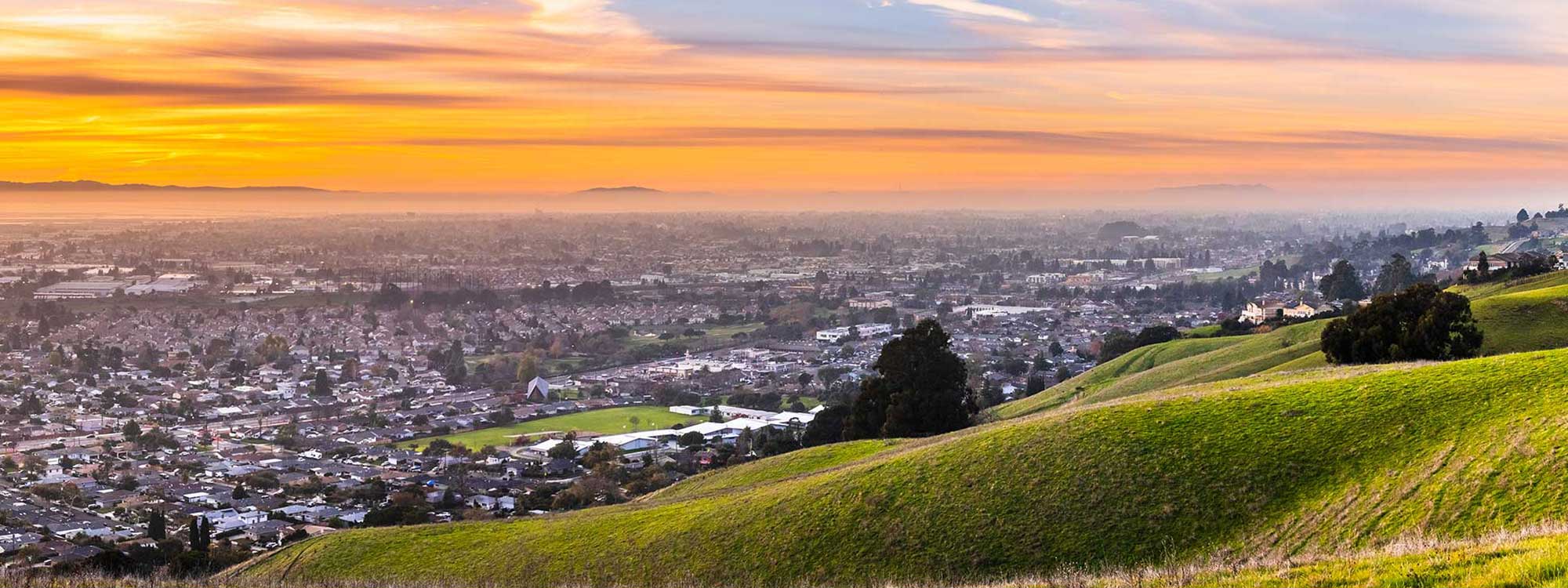This is a pivotal moment for the San Francisco Bay Area. Our region is experiencing climate disasters like never before and is still crippled by the structural challenges of producing enough homes for all.
Thankfully, we now have a powerful tool in our hands—the Resilience Playbook—which Greenbelt Alliance designed to empower local governments and communities to ramp up climate resilience in planning and policy processes. Through our work on land-use policy and advocacy, we’ve seen the impact that local government staff members and community leaders make when they advocate and create these policies, taking on complex zoning updates, in-depth hazard mitigation planning, patchwork financing proposals, and other long term efforts. These heroes deserve to be honored!
We are proud to open the nominations for the second edition of the Hidden Heroes of the Greenbelt Awards to recognize the often unseen, dedicated local government staff and collaborators who are championing climate-smart plans, policies, and actions in our communities. Their stories are inspiring and their contribution will leave a legacy of positive impact throughout the region. Learn more about our 2021 Hidden Heroes of the Greenbelt.
We will select winners through a nomination process, who will be honored and whose stories will be featured at our annual online benefit, Hidden Heroes of the Greenbelt, this September. The winners selected for each category will be invited to participate in a special short film that will premiere at the Hidden Heroes event. Nominees should be San Francisco Bay Area local government staff (city/county/agency) working at the intersection of land use and climate change within the following categories:
- Nature-based Climate Adaptation: working on policies and projects that lead with nature to build climate resilience. Examples include people working on the conservation and stewardship of open space (reducing wildfire risk and drought impacts), restoring wetlands to reduce flood risk, crafting policies that protect creeks and riparian corridors, etc.
- Planning for Resilience: planning and community engagement that implements equitable, climate resilience strategies. Examples include people working with frontline communities most impacted by climate hazards to ensure their voices are heard in the planning process; creating innovative plans that incorporate climate resilience such as general plans, climate actions plans, hazard mitigation plans, and more.
- Abundant Climate-smart Housing: building more homes in the Bay Area, close to jobs and transit and away from fire hazards, that are affordable for all, is the single most impactful action we can take to reduce our climate impacts at the local level. Examples include people working on policies to reduce barriers to more housing and working on great climate-smart development projects.
As we face these unprecedented crises we are presented with a unique opportunity. California cities are in the process of updating the Housing Element of their General Plans—a state-mandated process that happens every eight years. This is the perfect moment to honor the people affecting change at the local level! By advocating for climate-smart policies, these Hidden Heroes are helping the entire region reimagine our relationship with the natural world and with each other.





